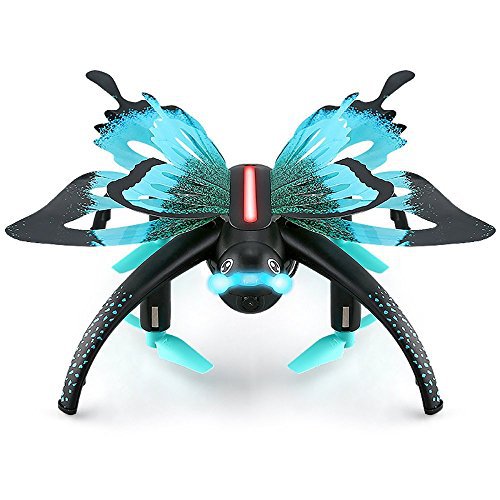
Inventing for a better future often means turning to nature’s wisdom. Animals and plants, shaped by millions of years of evolution, offer valuable insights for innovation.
In 2023, researchers uncovered secrets in caterpillar venom, butterfly aerodynamics, and crustacean eyes, providing fresh inspiration for engineers. Here are three scientific breakthroughs that may spark groundbreaking inventions!
Crustacean Camouflage Technology?
Some crustaceans have found a clever way to avoid detection from predators: their eyes, which could otherwise give away their presence, are covered in a unique glass shield. Shrimp and prawn larvae use tiny spheres made of isoxanthopterin (that’s a heck of a mouthful) to create a light-manipulating glass sheet over their eyes.
These miniature screens reflect the light of the surrounding water, making the crustaceans virtually invisible. Researchers suggest that studying these spheres could lead to advancements in light-manipulating technologies for applications like solar panels and cosmetics or even inspire eco-friendly paint and nail polishes.
Could We Make Water From Thin Air?
Desert-dwelling athel tamarisk plants have mastered an innovative method to extract moisture from the air using special salts. These spindly shrubs draw salty water from the soil, excrete salt from their leaves, and with the crystallized salt at night, they collect water from the air.

In lab conditions mimicking the desert environment, a branch with salt crystals gained 15 milligrams of water, while the same branch without salt collected only 1.6 milligrams. This natural process has the potential to enhance environmentally friendly cloud-seeding practices in water-scarce regions.
Nature’s Blueprint for Drone Design
Monarch butterflies’ remarkable migration is aided by more than just endurance; according to a study published in PLOS One their wing patterns contribute to their journey’s success. The contrasting dark and light colors on the wing edges create variations in heating and cooling, forming swirling air pockets around the spots.

This phenomenon provides extra lift and reduces wing drag, potentially helping the butterflies cover up to 100 miles each day! Engineers are interested in mimicking these patterns for more efficient drone designs. Even a subtle 3% increase in the size of white spots can impact the butterflies’ success during their incredible migration, showcasing the significance of these coloration adaptations, even on a micro-level. Thanks for everything, butterfly.
Nature’s Innovations in 2023
In 2023, nature’s wisdom revealed groundbreaking insights for inventions, including caterpillar venom secrets, butterfly aerodynamics, and crustacean eye camouflage.
The question is, when do we get a full bodysuit that incorporates all these technologies!?